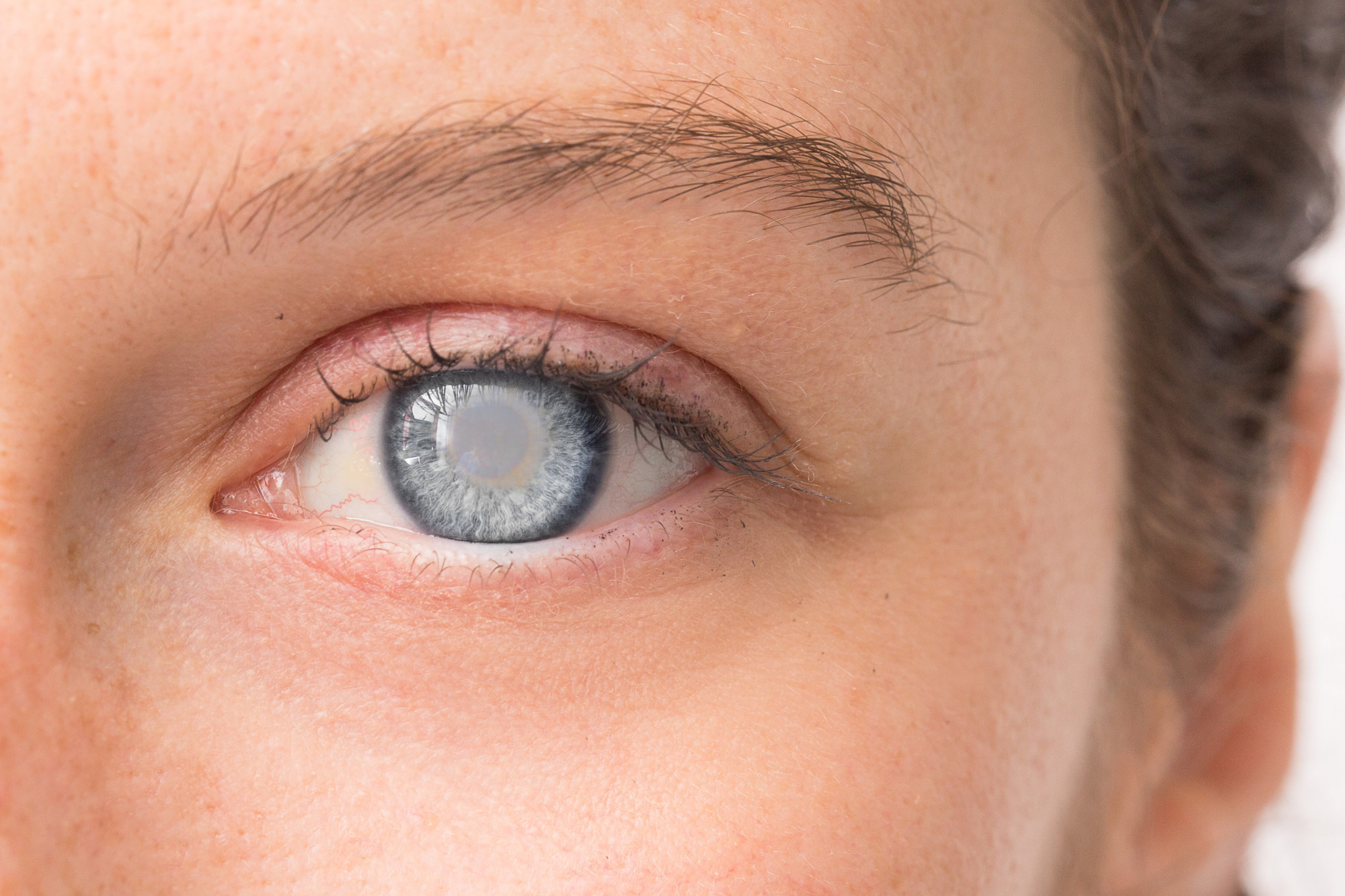The eye is the most vital organ in our body. It works like a camera. The lens collects the light in the outer world and transmits the visual detail to the brain. Understanding the structure and function of the eye is difficult. Taking care of eyes is important to maintain overall health. People who suffer from eye problems usually have a risk of affecting from injury, depression, etc. There are various ways to keep our eyes healthy which include eating leafy green vegetables, adding more Vitamin A and C rich foods in your diet, eye exercises, wearing sunglasses, using blue light spectacles when working on the computer, etc. Despite practicing these, there are a few common disorders that affect many people around the world. These common disorders include refractive errors, cataracts, glaucoma, amblyopia, strabismus, diabetic retinopathy, and so on. This article discusses one of the most common eye problems called a cataract.
What is a cataract?
A cataract is a cloudy lens. This begins with small clumps that prevent the lens from sending clear images to the retina. It develops very slowly and interferes with the whole vision if untreated. Cataracts can affect anyone and especially older people.
Causes
- Too much exposure to ultraviolet radiation is one of the most common causes of cataracts. This blurs the vision which slowly forms clumps in the lens.
- Our body’s immune system varies due to the medication we intake, this overproduces oxidants in the lens when then eventually produce the cloudy lens.
- People who have diabetes are more likely to get cataract disorder.
- Trauma
- Vitamin deficiencies
- Eye illnesses
- Glaucoma
- Aging
- Infection in the eyes
- Eye inflammation
- By birth or congenital
- Family history of cataract
- Smoking
Types of cataracts
- Cortical – this type of cataract is usually formed around the edges of the nucleus.
- Nuclear – It mainly affects the center of the lens which becomes brown or yellow.
- Congenital – This type is found right from birth or from the baby’s first year.
- Radiation – this occurs in rare cases after undergoing radiation treatment for cancer.
- Traumatic – caused by an injury to the eye.
- Secondary – Due to steroid intake and other medications to cure certain diseases.
Treatment of cataract
Unfortunately, there is no medication to remove a cataract, the only option to avail is cataract surgery. Cataract surgery is a microsurgical technique in which a trained surgeon operates under a microscope and there is no chance to develop a cataract again after surgery. Normally surgery is recommended when it is difficult to perform daily activities, driving, or reading. There are two types of surgical methods, one is phacoemulsification and the other is extracapsular surgery.
- Phacoemulsification involves using ultrasound waves to break the lens and remove the pieces.
- The extracapsular method involves removing the cloudy part of the lens into fine pieces which then are carefully suctioned out. An intraocular lens is usually inserted into the eye after this procedure.
Is it necessary to implant an intraocular lens?
IOL is implanted in almost all cases. If an IOL is not inserted, then the patient has to use +10D spectacle to have a clear vision. This spectacle contains a heavily weighted lens which disturbs from carrying out regular activities. Thus, implanting IOL is usually recommended by most surgeons.


